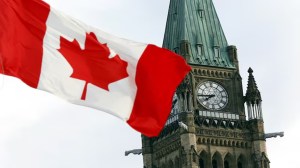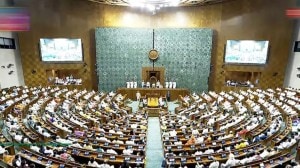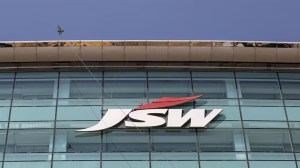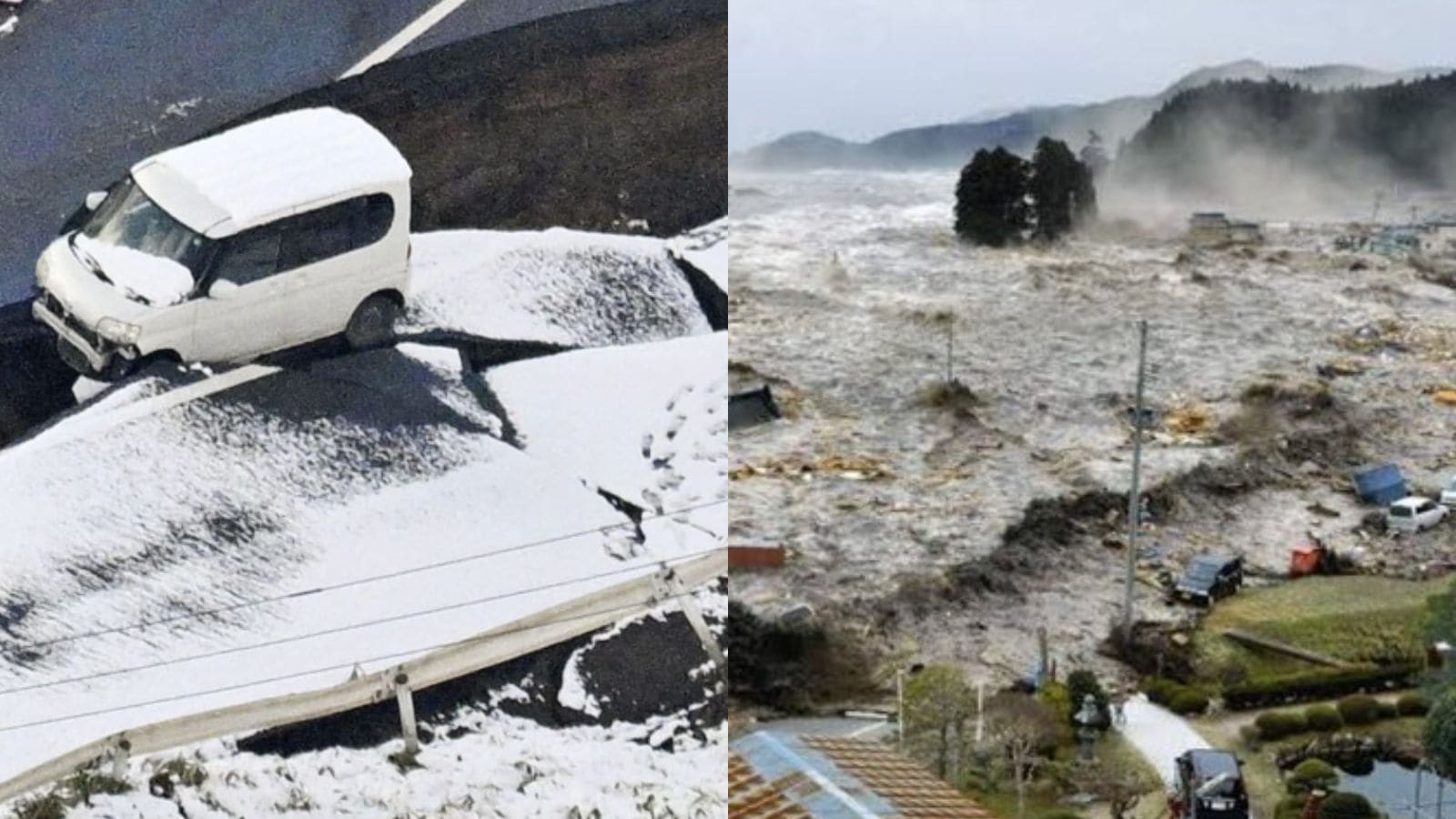With a fleet of 470 aircraft on the way, new livery and an additional 26% capacity created over the past year, Air India (AI) is in the midst of a rapid scaling up and revamping of the business. Managing Director and CEO Campbell Wilson tells Rohit Vaid and Shobhana Subramanian a lot of focus at the moment is on the long haul international space where there’s a lot of opportunity. Excerpts:
You’ve said you’re on the runway and near the takeoff stage. Where do you see AI in say three or four years in terms of market share and profits?
I won’t talk about finances being a privately held company, but I think the ambition that we have stated is 30% market share domestically, internationally. I think we are quite confident about reaching that. And I’m quite confident that in five years time we will be a consistently high quality, world class, well -respected airline offering a very good quality, full service proposition, but also a very significant and very good low cost proposition.
When will AI be cruising at a height of 20,000 ft?
Well, I don’t think we’ll ever be cruising. The nature of aviation is that we always need to fly a little bit higher. The takeoff phase, which we’re currently in, will end in March next year. Depending on where you look on that journey, we’re probably a little bit ahead of where we expect it to be. When you’re taking an aircraft every six days it’s harder to describe that as anything other than climb.
The Indian market is virtually a duopoly. This should give AI more pricing power…
People say that but firstly it’s not a duopoly. And secondly, this is a phenomenon that we’ve observed in many other places around the world over time. Presently, and over the last however many years, the India market hasn’t been a profitable market, which is why you’ve seen this constant churn of coming and going and investor loss and customer disruption. We can’t say that the previous environment was a healthy one but its’ a necessary transition towards a more sustainable and competitive market. The market is just too big for it to be a duopoly.
So, AI and Vistara will continue to operate as separate brands for now?
When we do the legal merger, it’s one company, but it’s two airline operating certificates. So, from a regulatory perspective, it’s two airlines. And it’s only when we can merge the two operating certificates do we become one airline. And that part, there’s no need to rush. And then at the point where we feel Air India’s proposition has risen to the acceptable level and the reputation and everything else, then we can consider what we do with the brand. But the ultimate end state is that the future airline is called Air India.
What would you say to your competitor’ plans for a business class for the international operations?
It’s not unheard for low cost carriers to have a premium cabin. There are some that have made it reasonably successful, some that have failed. I guess we’ll have to wait and see.
There seems to be a shortage of pilots, would you say it is short-lived?
We serve our own needs almost entirely from training our own people. And there are also people that want to join us because they see the opportunity that comes with 470 new aircraft, including the opportunity to fly wide body and fly International. They can come in from low cost, narrow body and progress through full service up to wide body. This is an almost unparalleled opportunity and attractive proposition for pilots. So it’s really no wonder that people want to get into that ladder.
Will AI have enough pilots to man your new planes?
We knew that we were ordering these aircraft before the announcement, obviously, so we started the process of recruiting pilots and putting them through both training as well as experience on the smaller aircraft and upgrading captains and so on. So from an aggregate number of pilots, we have enough and we’re building a significant training facility, which will have a huge capacity to generate more pilots as well as keep our current pilots up to mark. Where some of the constraint sits, is because we’re bringing A350s into India, and it takes a while for pilots to be trained on that aircraft. Similarly, we took a lot of 777s and converting pilots from other fleets to 777 takes time.
How see the share of the international business shaping up? Would that be a much bigger and more profitable business?
Certainly, where we’re putting a lot of focus at the moment is in the long haul international, because that is where there’s a lot of opportunity. India has been not well- served with Indian -owned airlines serving non- stop routes from India. And so we think there’s a gap in the market that we can and should fill. Domestically, it’s not a profitable domestic market but we’re putting capacity and investment into it and we expect to get a return. But that’s a bit more speculative than the international proposition, where we can already see that there’s a huge market gap.
How much of this gap are you hoping to get?
When we took over, India had less than 50 wide body aircraft, Singapore’s got 150, Dubai’s got 250.There’s 37 million people in the diaspora there’s how many cities in India that can sustain a service to London or New York or San Francisco or Sydney? The opportunity out of India is massive. We don’t really need to generate a huge amount of new traffic, it’s already there. If we’re good enough and the price is competitive, we can capture our fair share.
You have said that on several routes, for both you and the competition, fares are below the average cost. How would this improve with scale?
It’s more a function of the way airline pricing and revenue management is done and is probably true for the majority of routes and for the industry. What we’re really trying to manage is the weighted average of all of the cumulative sales across buckets. So obviously, as we get better, as we perhaps distribute our products more broadly, as we appeal to more people and corporate travellers, as our aircraft are upgraded, it may well be that we can confidently sell more of the higher buckets. ENDS









